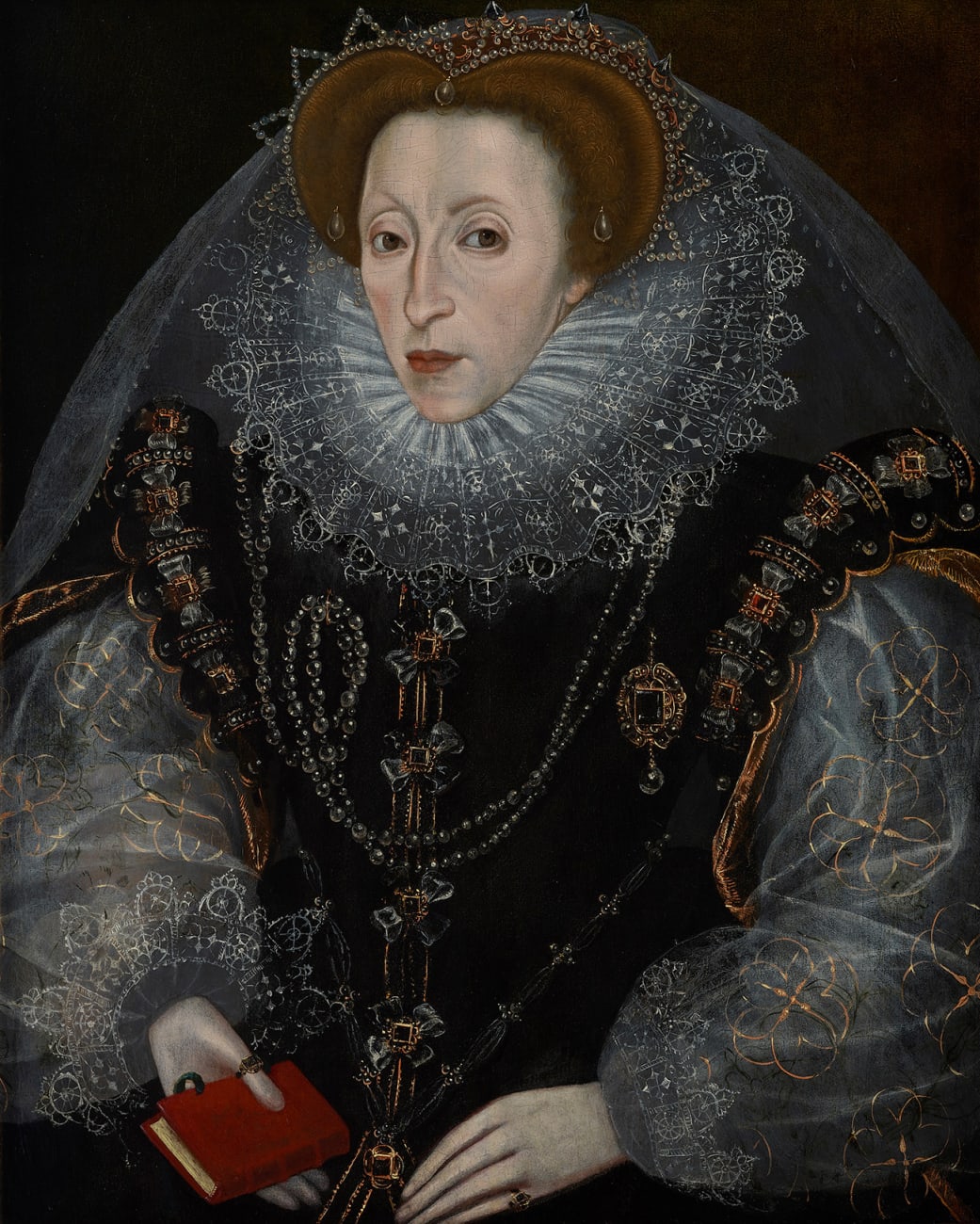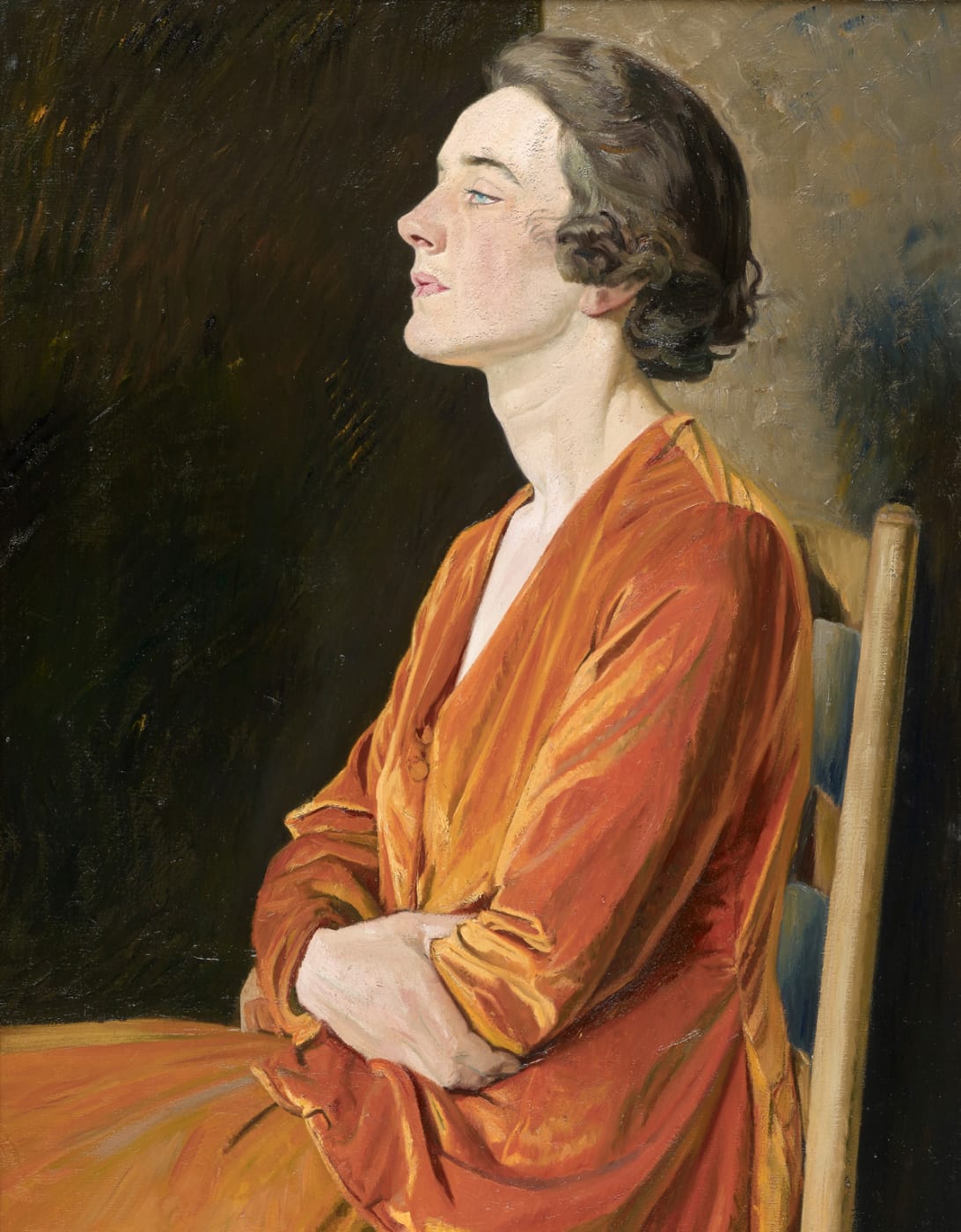'The Sophisticated still lifes of Giovanna Garzoni' By Christopher Baker, Apollo
In 1973 Sir Harold Acton wrote that 'paintings of botanical and ornithological subjects […] are overlooked among the spectacular masterpieces of the Florentine galleries'. They have since then been rediscovered and among such works the still lifes of Giovanna Garzoni (1600-70) are worthy of special attention. Garzoni was one of the most accomplished botanical artists of the 17th century, whose wonderfully refined paintings hover between the realms of scientific illustration and aesthetic delight. They are the focus of an exhibition that was meant to open in March at the Palazzo Pitti, and is now on view until the end of June.
Garzoni was born into an artistic family in Ascoli Piceno in the Marche and worked in a number of cities in the Italian peninsula cities, always attracting distinguished patronage. Visits to Rome enabled her to connect with the antiquarian and collector Cassiano dal Pozzo and the circle around the scientific Accademia dei Lincei, which was founded in 1603 and valued empirical, observational research (it was named after the lynx, a creature renowned for its sharp vision). She was encouraged to dedicate herself to botanical painting and although her reputation chiefly now rests on the still lifes created in this context, her output was very varied, including portraits, miniatures, depictions of sacred and mythic themes, calligraphy and copies of Old Masters. From 1625 Garzoni was in Venice and five years later she found employment in Naples, serving at the court of the Spanish Duke of Alcalá. Turning north again, from 1632 to 1637 she worked in Turin, in the employ of the Duke of Savoy. It was here that she created the fascinating miniature portrait of the Ethiopian, Zaga Christ (1635), which features in the current exhibition, courtesy of Philip Mould.
Read the full article here.
Read our blog post here.


